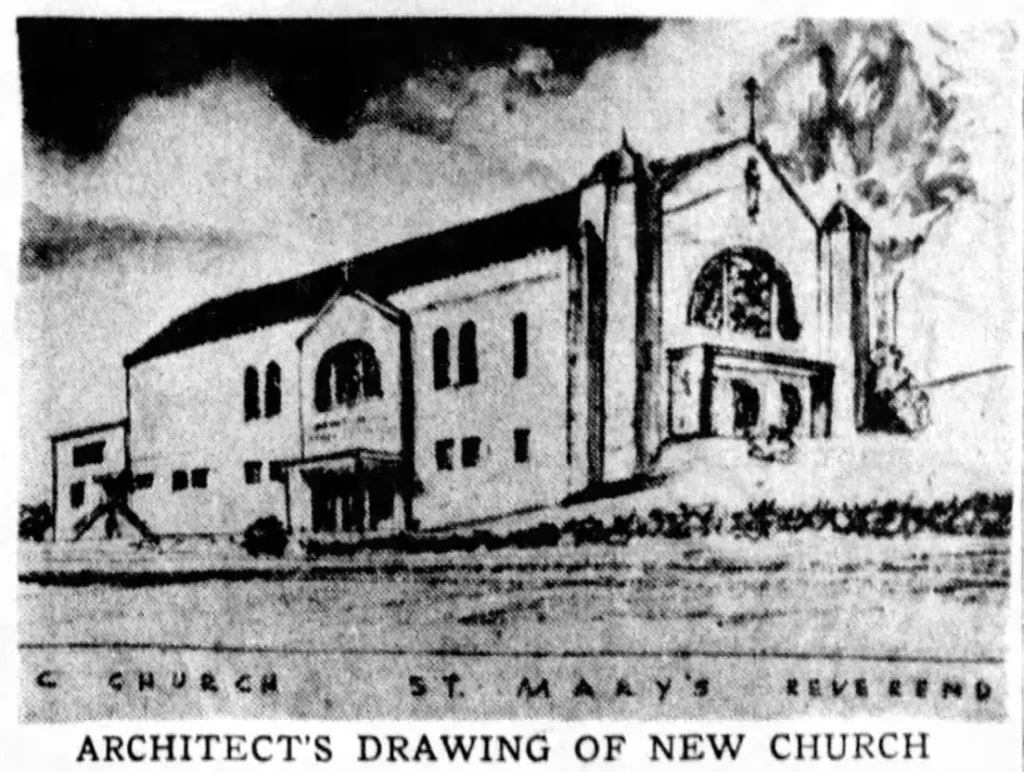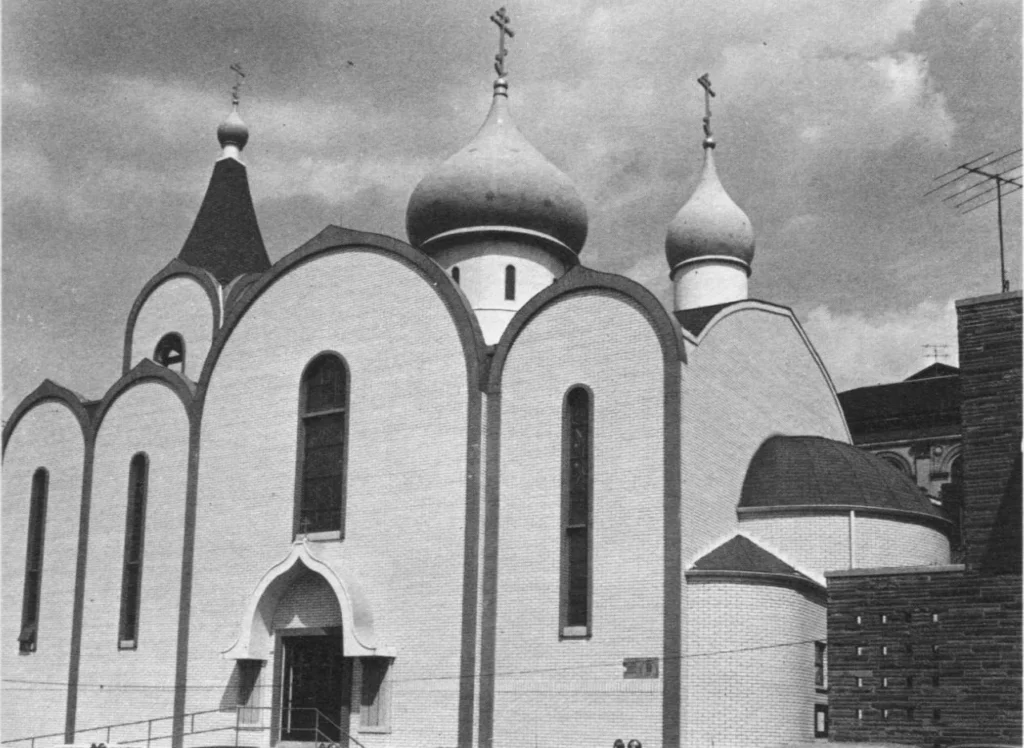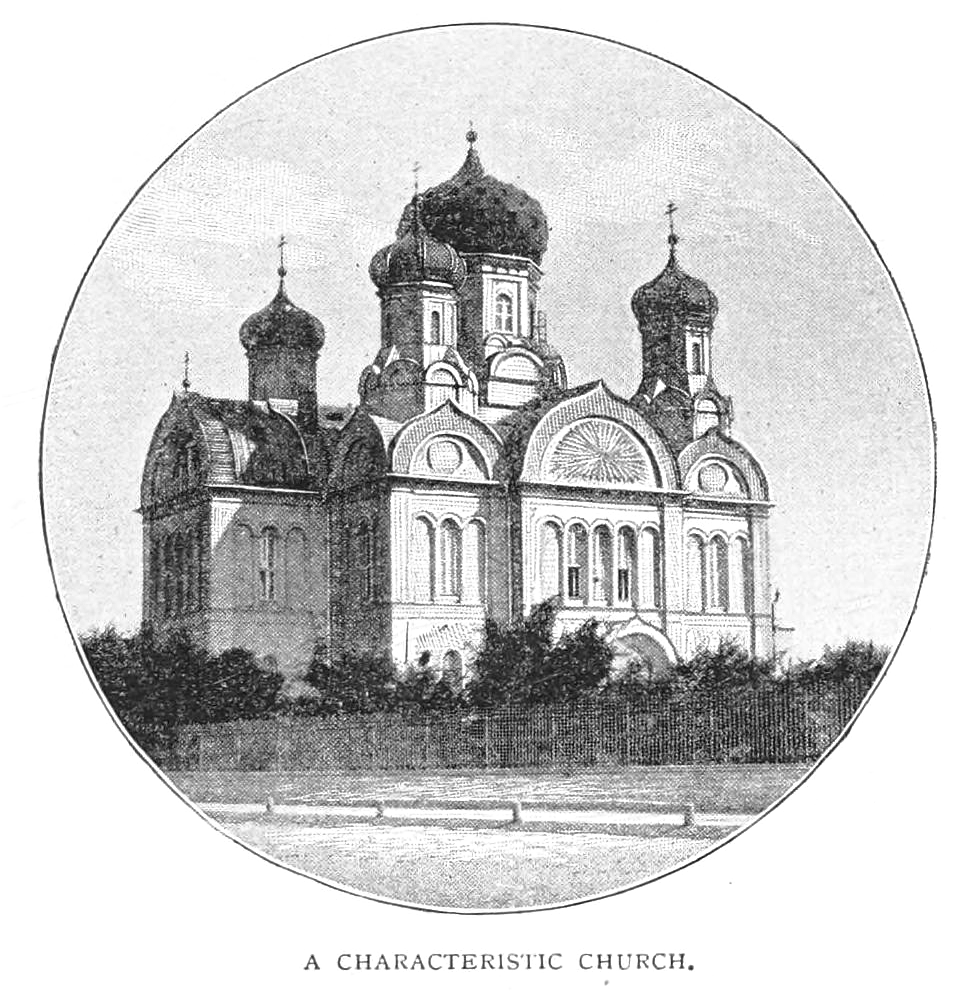
Wilkinsburg used to call itself “City of Churches,” and it still has a denser concentration of great church architecture than almost any other neighborhood or borough. This one is battered but still hanging on, now as the Arc of the Covenant Church. The building dates from 1896–1897; the architect mentioned in contemporary listings was Elmer B. Milligan,1 who would soon take on Francis M. Miller as a partner—probably while this church was under construction, since a fortieth-anniversary program names Milligan & Miller as the architects.



The colossal octagonal lantern is the most striking feature of the church: there’s nothing else like it in Wilkinsburg.



Comments



















































